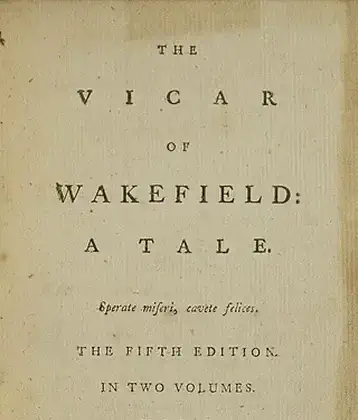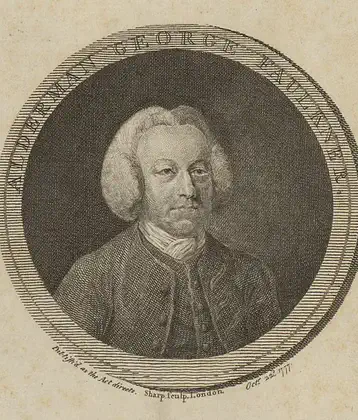On March 27, 1625 in Celtic History
Charles 1 becomes king of england, scotland and ireland

Charles I (19 November 1600 – 30 January 1649) was King of England, Scotland, and Ireland from 27 March 1625 until his execution in 1649.
Charles I ascended to the thrones of England, Scotland, and Ireland on March 27, 1625, following the death of his father, James VI of Scotland and I of England and Ireland. Charles I’s reign was marked by religious and political conflicts that led to the English Civil War, his eventual execution, and the temporary abolition of the monarchy.
Charles’s policies, particularly his attempts to rule without Parliament for long periods and his imposition of Anglican practices in Scotland, contributed to widespread unrest. His marriage to Henrietta Maria, a Catholic, also fueled suspicions about his religious policies and preferences. In Scotland, his attempt to impose a new prayer book in 1637 sparked the Bishops’ Wars, further straining relations between the king and his subjects.
In England, tensions between the monarchy and Parliament escalated over issues of taxation, religious reforms, and governance. The situation deteriorated to the point where, in 1642, civil war broke out between Royalist forces loyal to Charles and Parliamentary forces seeking greater power and religious reform.
After several years of conflict, Charles was captured by Parliamentary forces. His refusal to accept a constitutional monarchy led to his trial for treason. He was found guilty and executed on January 30, 1649, marking a significant moment in British history as the monarchy was temporarily replaced by the Commonwealth under Oliver Cromwell.
Charles’s death did not end the monarchy permanently; his son, Charles II, was restored to the throne in 1660, after the failure of the Commonwealth to establish a stable alternative government. Charles I’s reign is often remembered for the constitutional crises that led to the Civil War and the debate over the extent of royal authority versus the rights of Parliament, issues that had long-lasting effects on the British monarchy and governance.
More From This Day

Aircraft carrier HMS Dasher blew up and sank off the island of Arran, loss of 350 crew
March 27, 1943
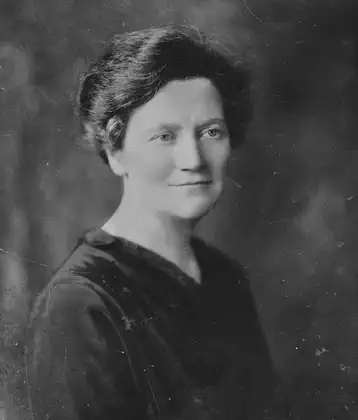
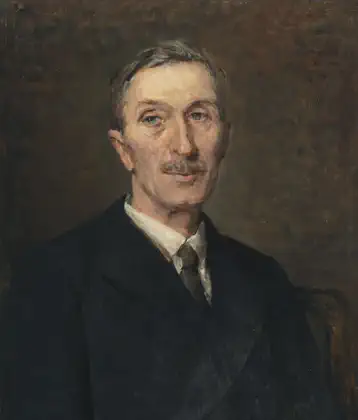
James MacNeill, Governor-General of the Irish Free State, is born in Glenarm, Co. Antrim
March 27, 1869
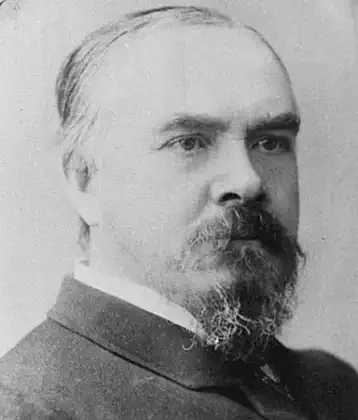
John Ballance, Prime Minister of New Zealand, born in Glenavy, Co. Antrim
March 27, 1839
